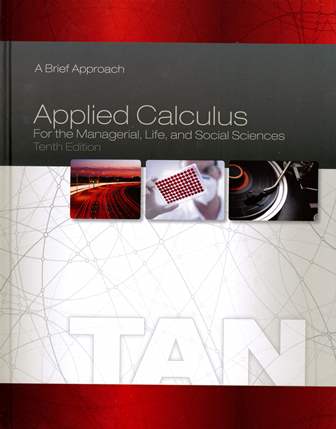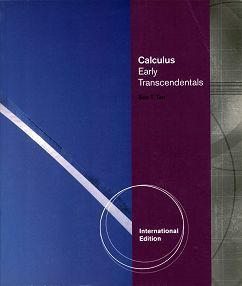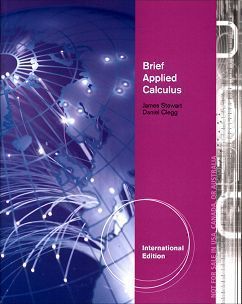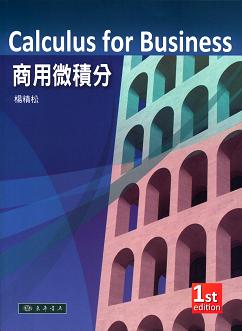書籍分類

Applied Calculus for the Managerial, Life, and Social Sciences: A Brief Approach 10/e
作者:Soo T. Tan
原價:NT$ 1,380
ISBN:9781285464640
版次:10
年份:2015
出版商:Cengage Learning
頁數/規格:691頁/精裝彩色
版次:10
年份:2015
出版商:Cengage Learning
頁數/規格:691頁/精裝彩色
內容介紹 本書特色 目錄 作者介紹
- Description
APPLIED CALCULUS FOR THE MANAGERIAL, LIFE, AND SOCIAL SCIENCES: A BRIEF APPROACH, Tenth Edition balances modern applications, solid pedagogy, and the latest technology to engage students and keep them motivated in the course. Suitable for majors and non-majors alike, the text uses an intuitive approach that teaches concepts through examples drawn from real-life situations from students' fields of interest. In addition, insightful Portfolios highlight the careers of real people and discuss how they incorporate math into their daily professional activities. Numerous exercises, including a Diagnostic Test, ensure that students have a concrete understanding of concepts before advancing to the next topic. The text's pedagogical features coupled with an exciting array of supplements equip students with the tools they need to make the most of their study time and to succeed in the course.







